VIDEO: Beth Osborne explains our broken approach to setting speed limits with WSJ
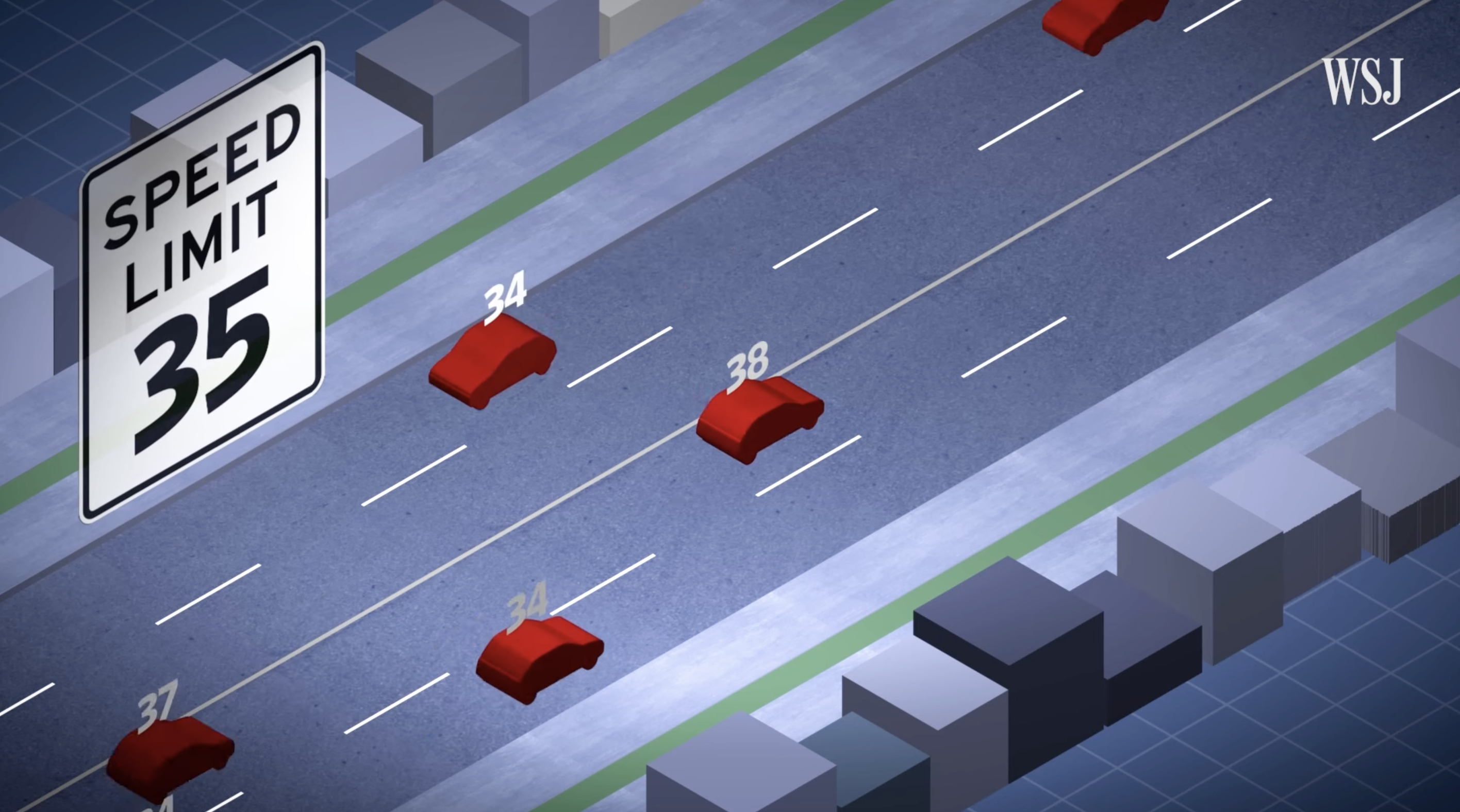
T4America director Beth Osborne joined Wall Street Journal correspondent George Downs to explain why one controversial method for setting speed limits results in higher and higher speeds.
The infrastructure law and boosting access to jobs and services

The ultimate point of transportation spending should be to connect people to jobs and services. But that’s not what we primarily use as a measure of success and the new infrastructure law maintains the status quo of focusing on moving vehicles quickly as a (poor) proxy for access. This means that, absent some changes that USDOT can still make, states and communities will need to make the most of the flexibilities within the infrastructure law to advance multimodal access to jobs and services.
Everyone agrees that repair is important. No one is willing to require it
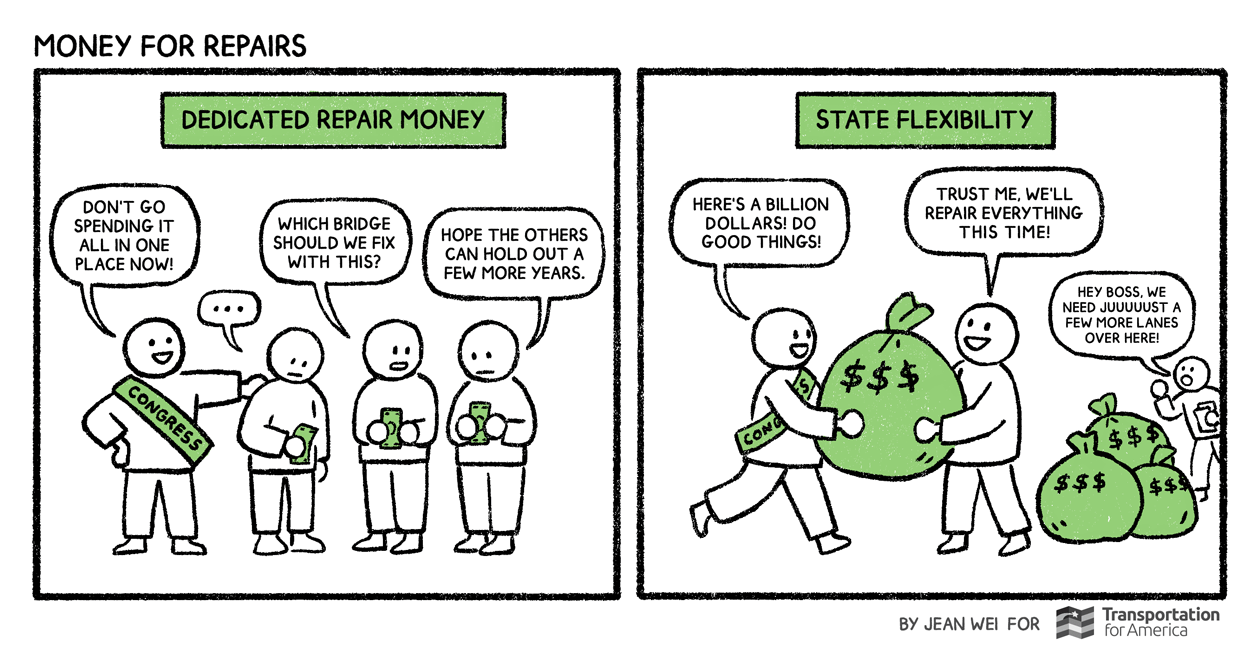
Despite a fundamental lack of understanding by some members of Congress about the program they’re responsible for overseeing, the law sets states free to spend their federal transportation cash on eligible expenses, however they see fit. Our repair needs will never get addressed until we change this approach. Every time that we’ve polled voters over […]
Longer trips, faster speeds, fewer options: What’s really valued in the “value of time”?
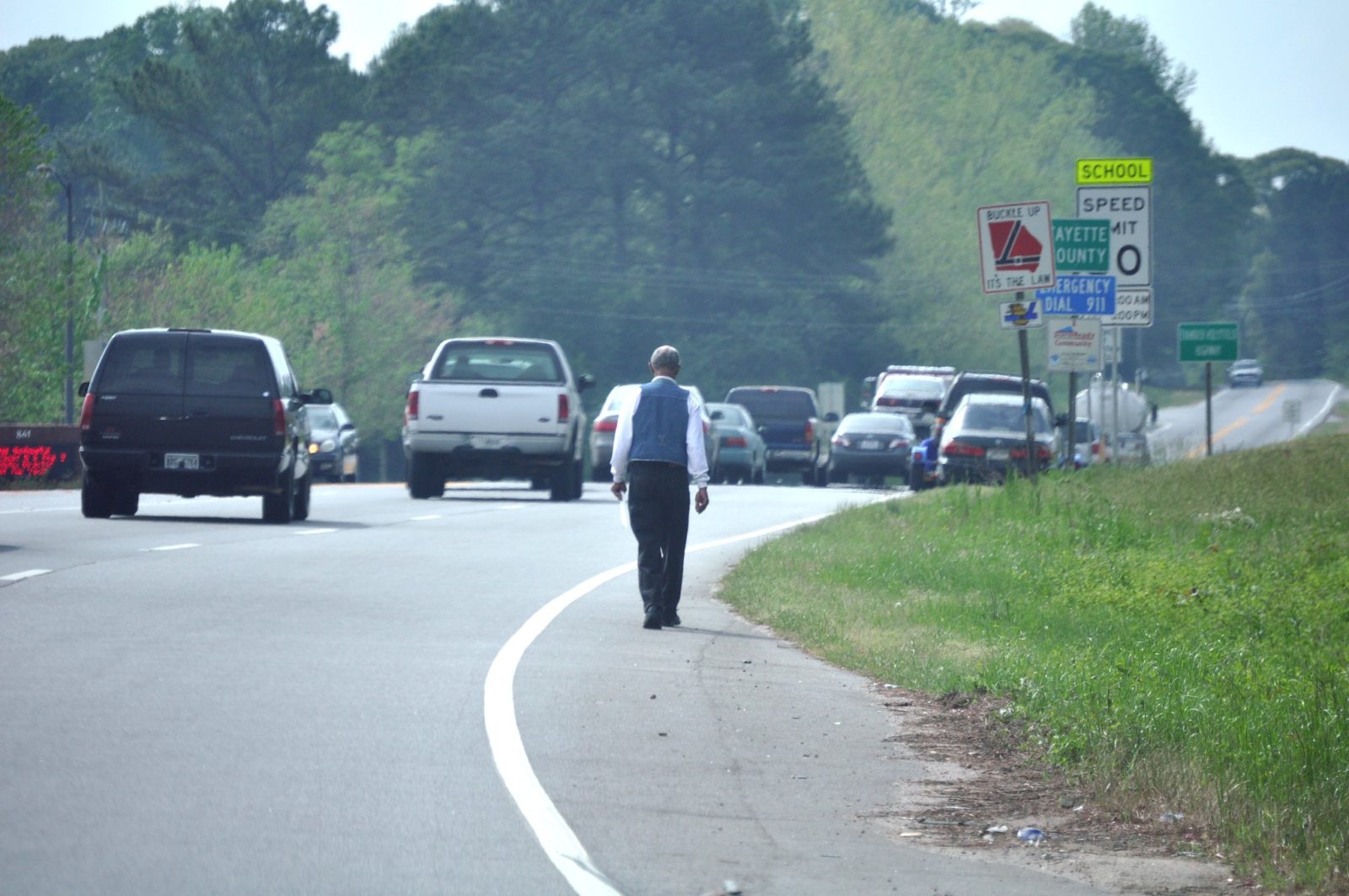
Despite its name, the federal “value of time” guidance doesn’t actually value travelers’ time at all. Instead, this arcane but influential measure focuses on one thing: vehicle speed. The result is more dangerous, less convenient travel for everyone.
How will the infrastructure law improve active transportation and Complete Streets?
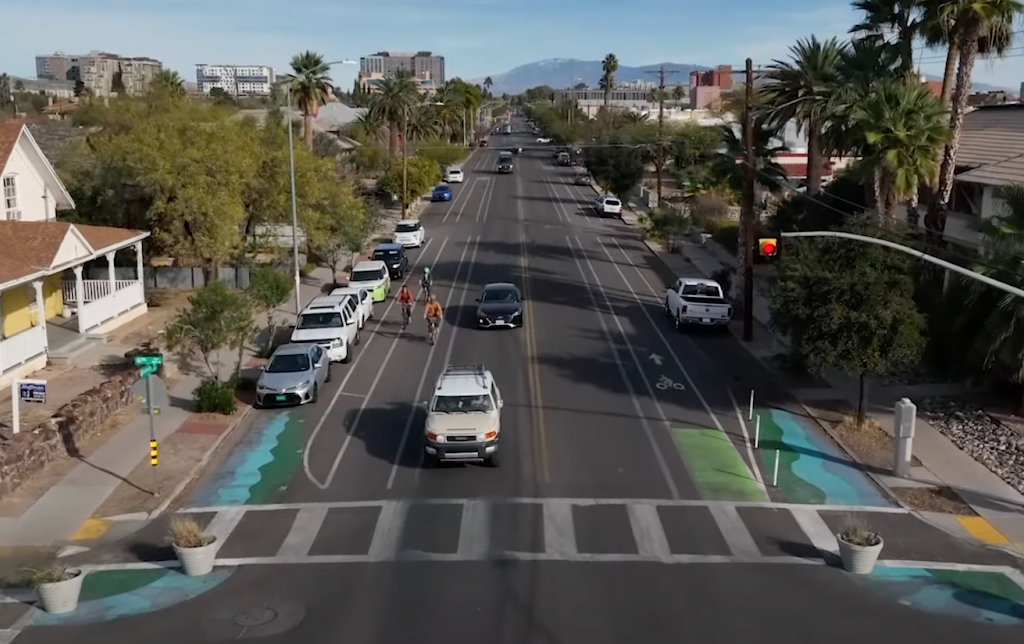
When done right, active transportation infrastructure can cut greenhouse gas emissions, improve public health, keep people safer, and promote equity. But how will the new infrastructure law’s $650 billion in formula and competitive grant programs help to build safer, Complete Streets? What policies changed to prioritize active transportation investments? Here’s what you need to know, and how you can make these programs and policies work for you.
FHWA Complete Streets report lays out an actionable path for transforming street design to prevent unnecessary deaths and injuries

After the Federal Highway Administration (FHWA) and USDOT issued a report to Congress this week about Complete Streets, Beth Osborne, Vice President of Transportation at Smart Growth America—the home of the National Complete Streets Coalition—issued this statement.
Our advice to USDOT and Congress: Make no little plans
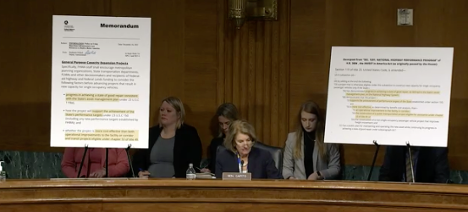
A Senate committee called Transportation Secretary Pete Buttigieg to testify about implementing the new infrastructure law, but much of the day was spent criticizing or defending FHWA’s nonbinding memo encouraging states to prioritize state of good repair, safety, and climate mitigation—displaying a deep confusion in some members of Congress about the limits of USDOT’s authority.
One year in, how is the Biden team really doing on transportation?
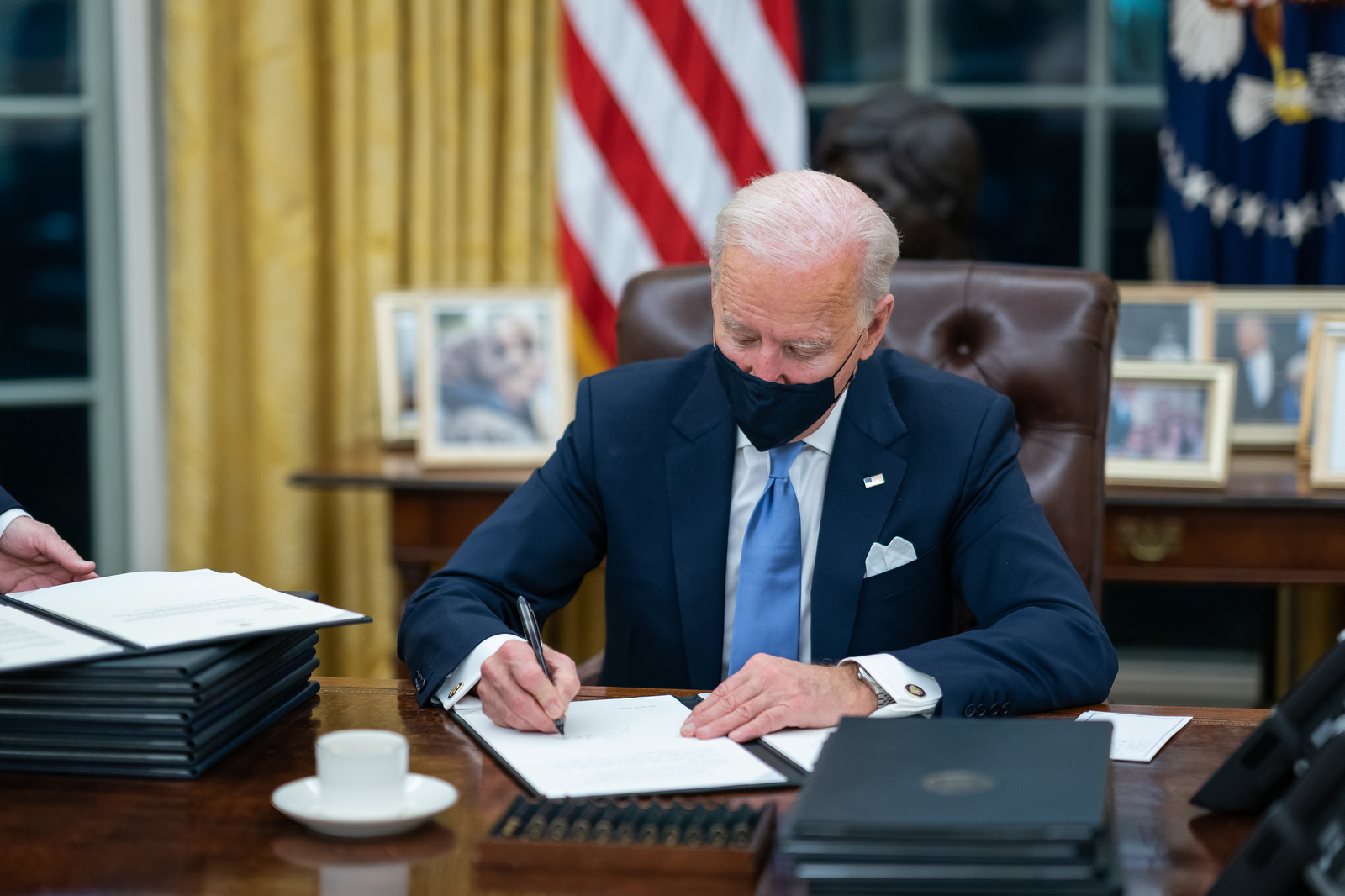
A year in, the Biden administration helped pass historic investments in infrastructure and spoke out about safety, repair, and equity, but a lot of potential improvements have been left on the table. Congress passes the laws but the administration has to implement them. Here’s our update on their progress and the opportunities still left on the table for them to advance their stated goals.
What does the new infrastructure law mean for micromobility?

The expansion of grant and formula eligibility in the infrastructure law to include micromobility will give communities and states additional options for providing more transportation options, but those that are doing the most to make their streets safe and convenient stand to gain the most as well.
A blueprint for healthier, safer streets: Complete Streets videos from Pittsburgh, PA, Louisville, KY, and Tucson, AZ
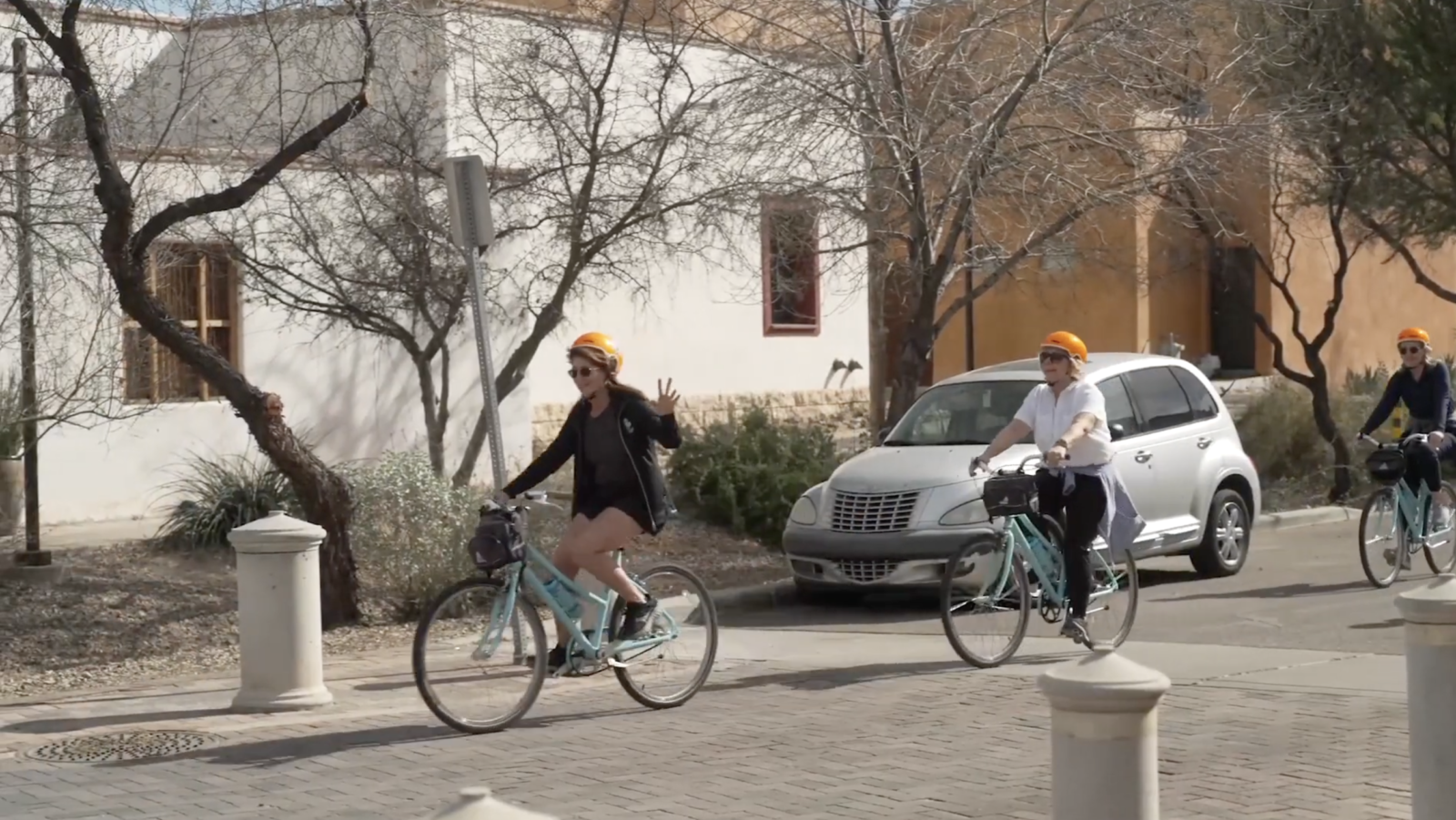
Smart Growth America and the National Complete Streets Coalition, with partnership and support from CityHealth, produced a series of videos telling the story of Complete Streets policies in three U.S. cities. These videos provide insight into what Complete Streets policies can accomplish, what makes for an effective policy, and strategies for complete streets implementation.
The infrastructure law and safety: Will it be able to move the needle?
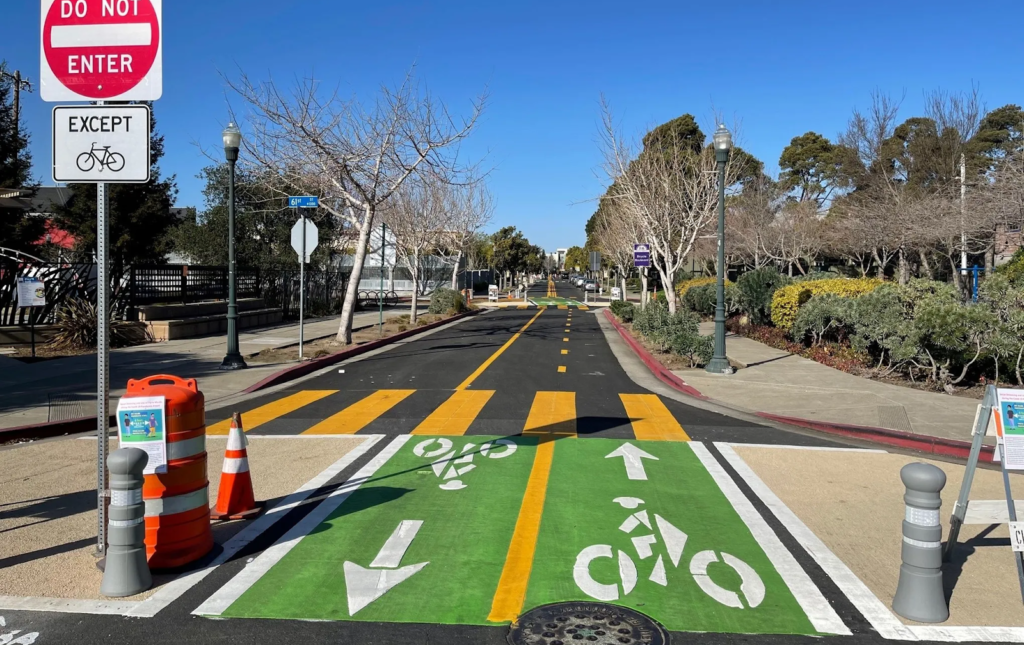
The new infrastructure law authorizes around $650 billion to fund transportation infrastructure through formula and competitive grant programs, some of which have safety as a core emphasis. Here’s what you need to know about the new money and (modest) policy changes to the safety program, as well as how you can make them work for you.
Rail barons return: How two freight railroads are trying to derail the infrastructure law’s historic investment in passenger rail
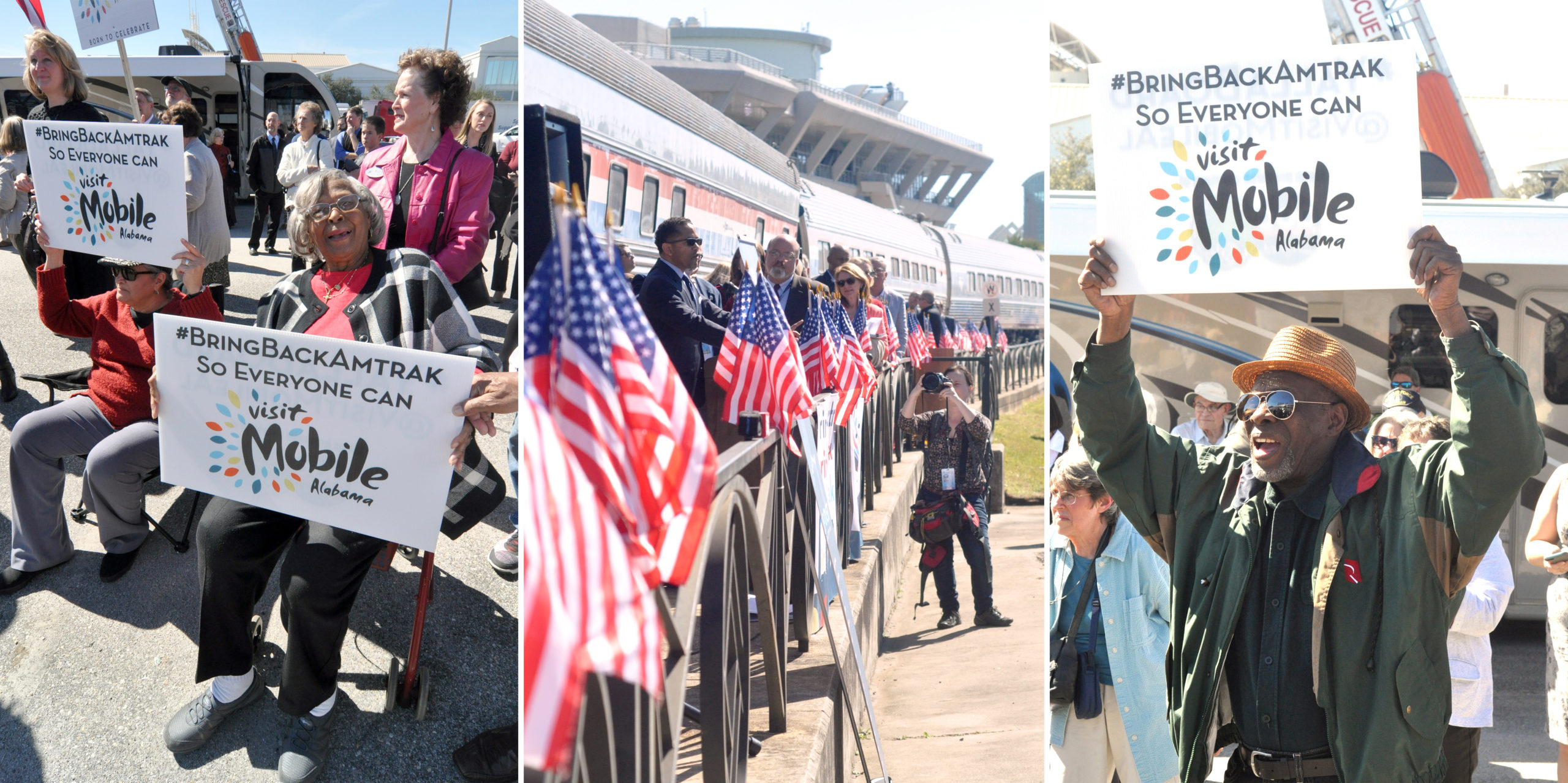
Two freight railroads have been waging a bad-faith effort to kill the incredibly popular, fully funded, multi-state effort to restore long-awaited passenger rail service along the Gulf Coast, in part because the precedent could stall the infrastructure law’s historic investment in the country’s passenger rail network which would give millions more Americans access to regular rail service.
Positioning for competitive grant application success
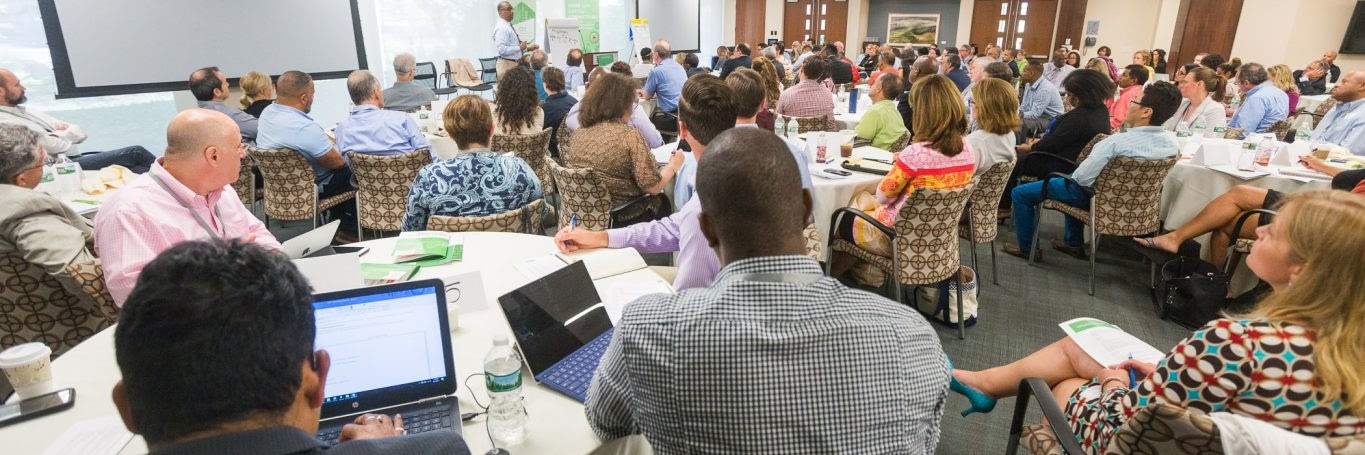
With scores of competitive, surface transportation grant programs to administer, USDOT faces a heavy lift to get these programs off the ground, on top of administering the legacy programs that already existed. How should prospective grant applicants start preparing for success?
Passenger rail funding in the infrastructure bill: Building a national network
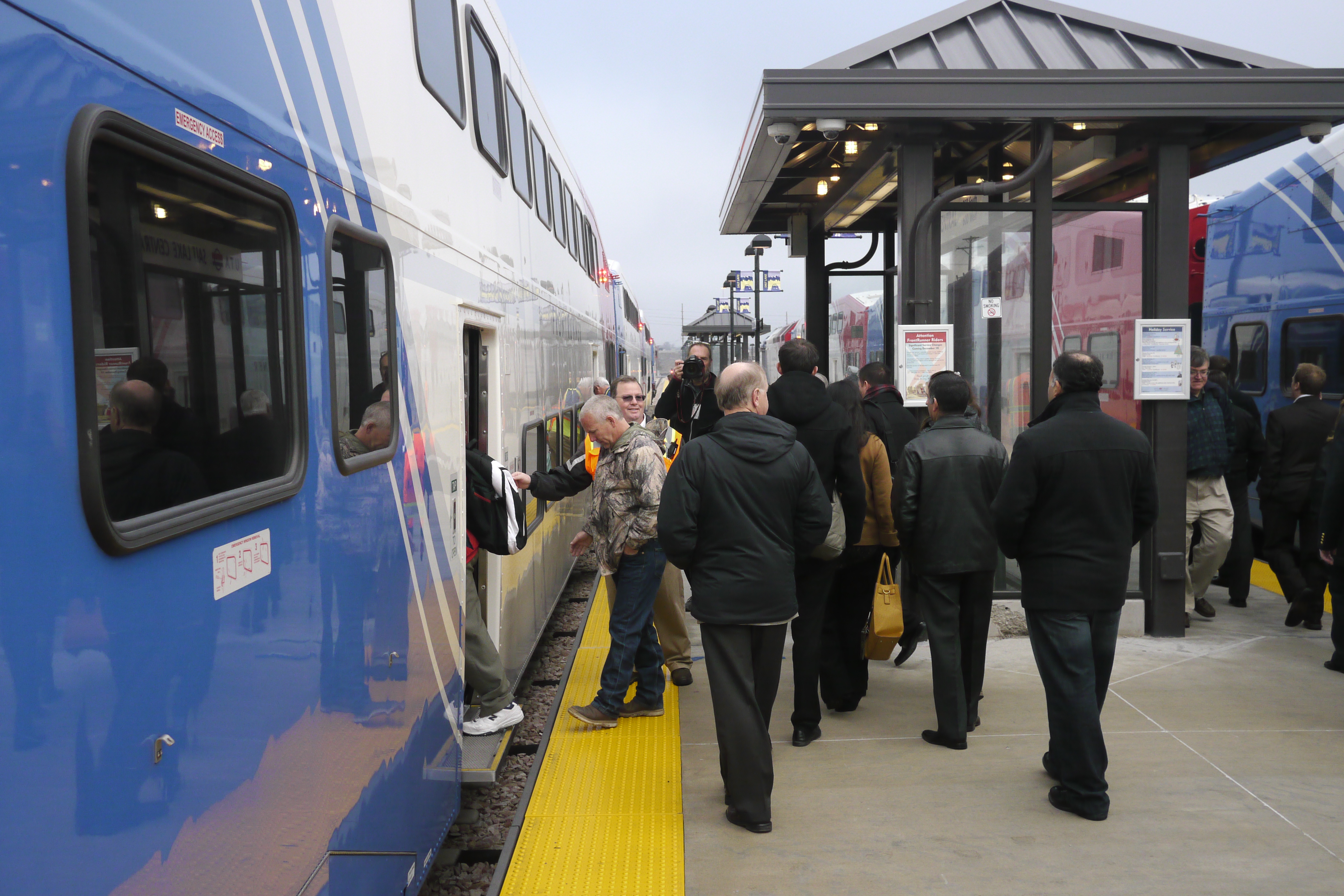
Passenger rail was one of the brightest spots in the new infrastructure bill, with $102 billion for passenger and freight rail projects through direct grants to Amtrak and competitive grant programs. Here’s what you need to know about this new money and the bill’s rail policy changes, and how they can be best used to expand and improve passenger rail service across the U.S.
Reducing emissions with better transit, part three: Examples from leading cities
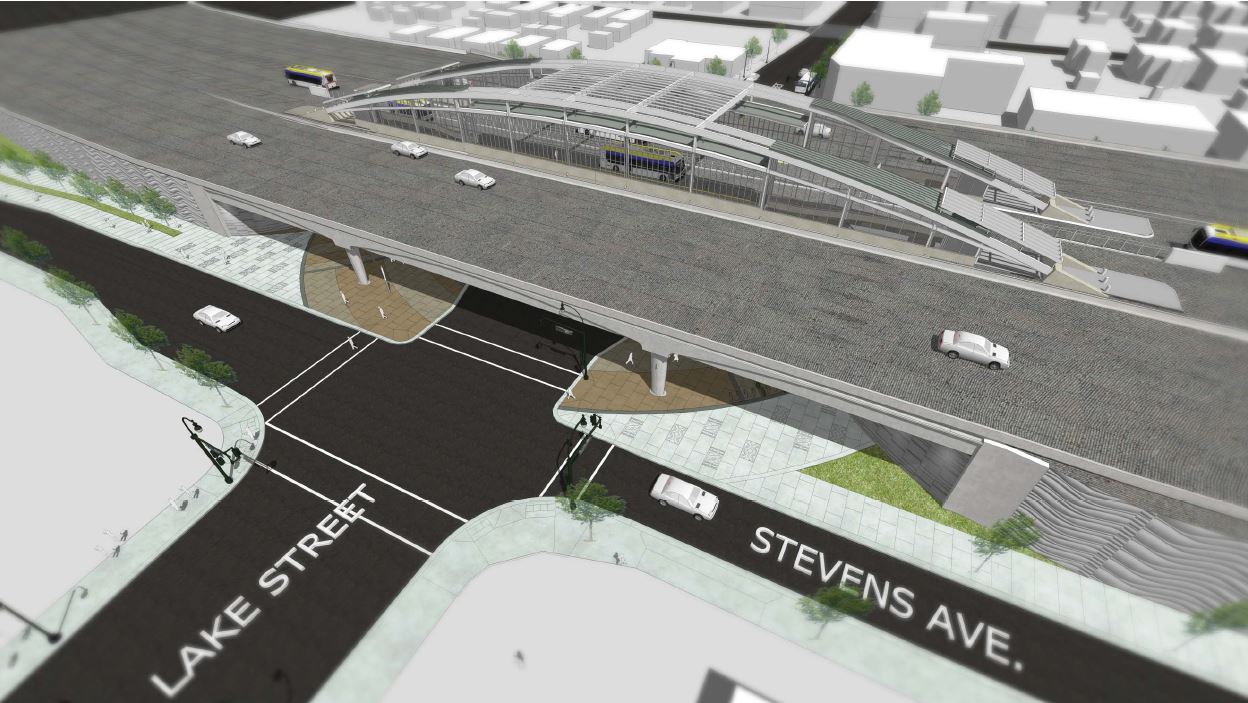
reater transit use is key for lowering emissions, and cities across America are reconsidering how they serve their residents with public transit—and the land uses that encourage better service and ridership. Several cities are laying the groundwork to make this happen—even outside of the “transit hotspots” one may expect.
The infrastructure bill’s limited state of repair funding and policies
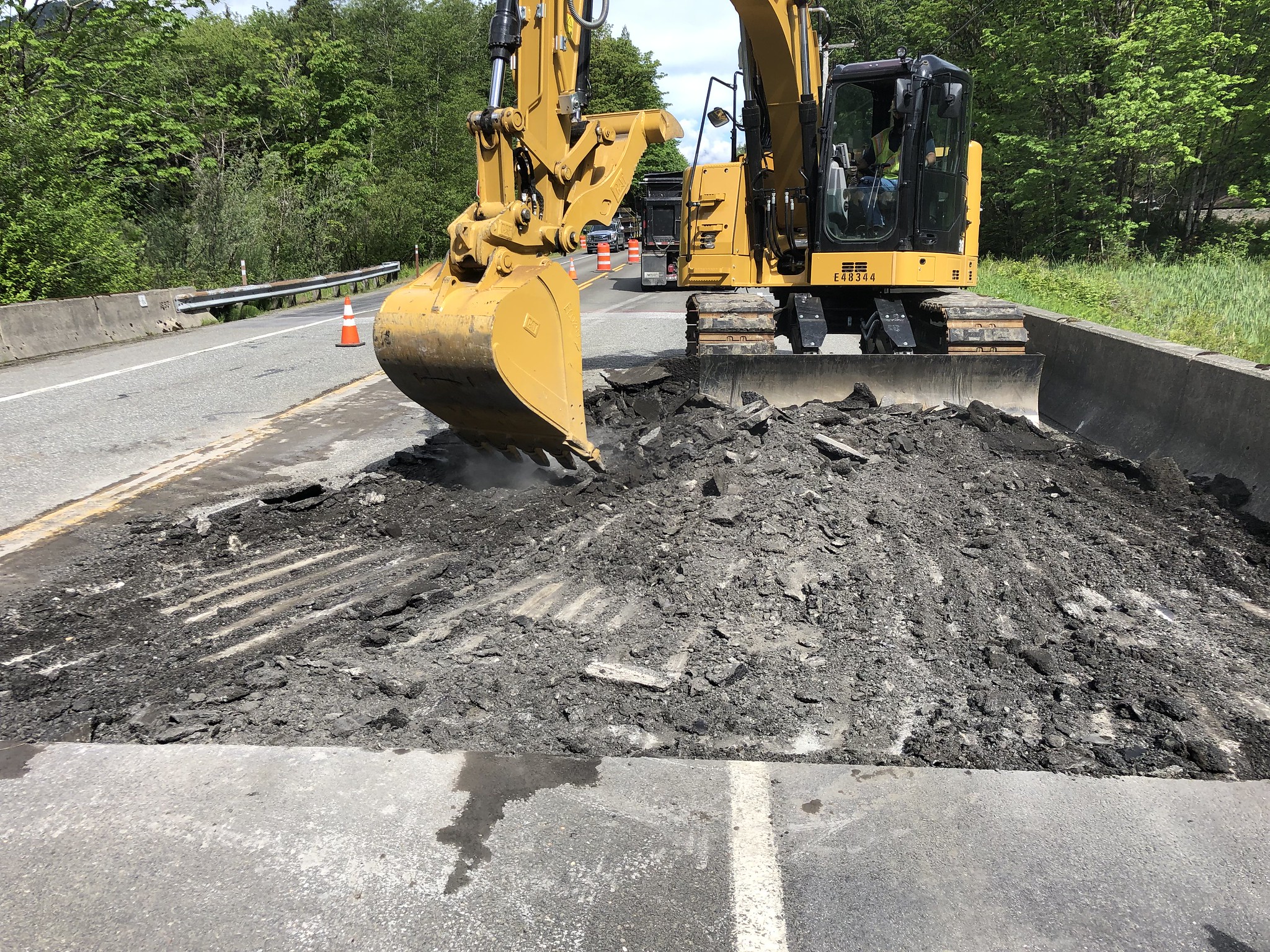
There is very little new funding in the infrastructure bill specifically dedicated to repair and no new requirements on highway monies for prioritizing repair on roads and bridges. Overall the law doubled down on the practice of giving states immense flexibility with the bulk of their money and then hoping that they use that flexibility to prioritize repair. Advocates should be ready to hold states and metros accountable for making progress.
Our solutions for congestion are worse than the problem
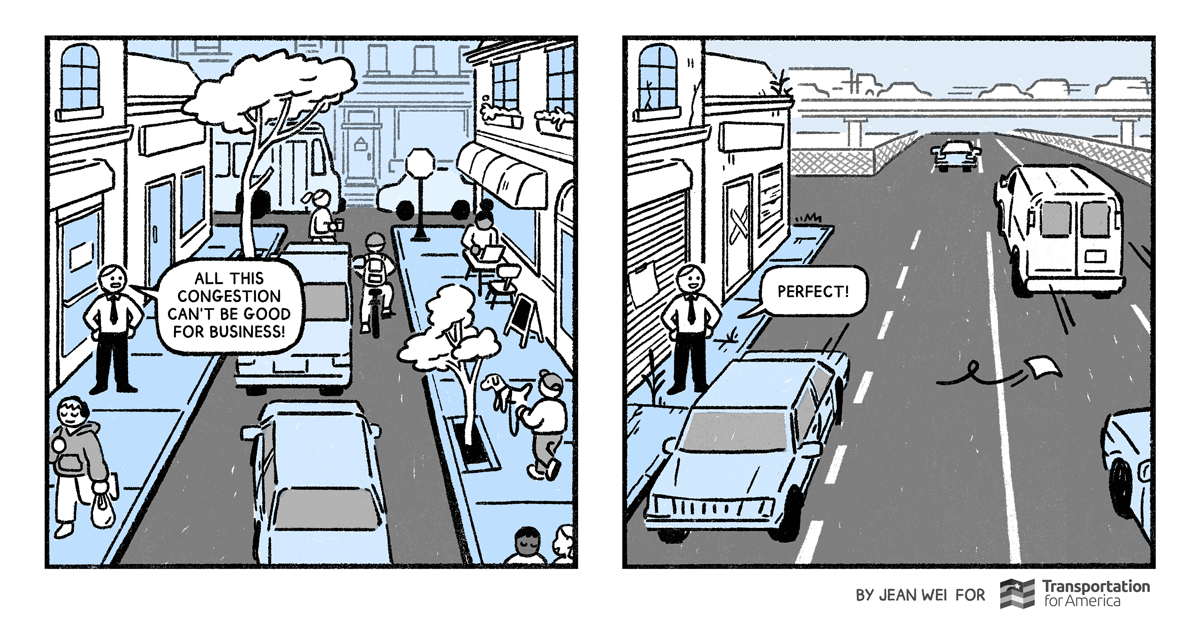
For decades, transportation agencies have been trying to “solve” congestion by increasing road capacity, even when doing so can obliterate or divide communities, harm local businesses, and make streets more dangerous. Our latest cartoon shows how our “cures” for congestion are often worse than the problem.
Don’t blame the snow, blame our roads: Why it’s so difficult to travel in winter weather
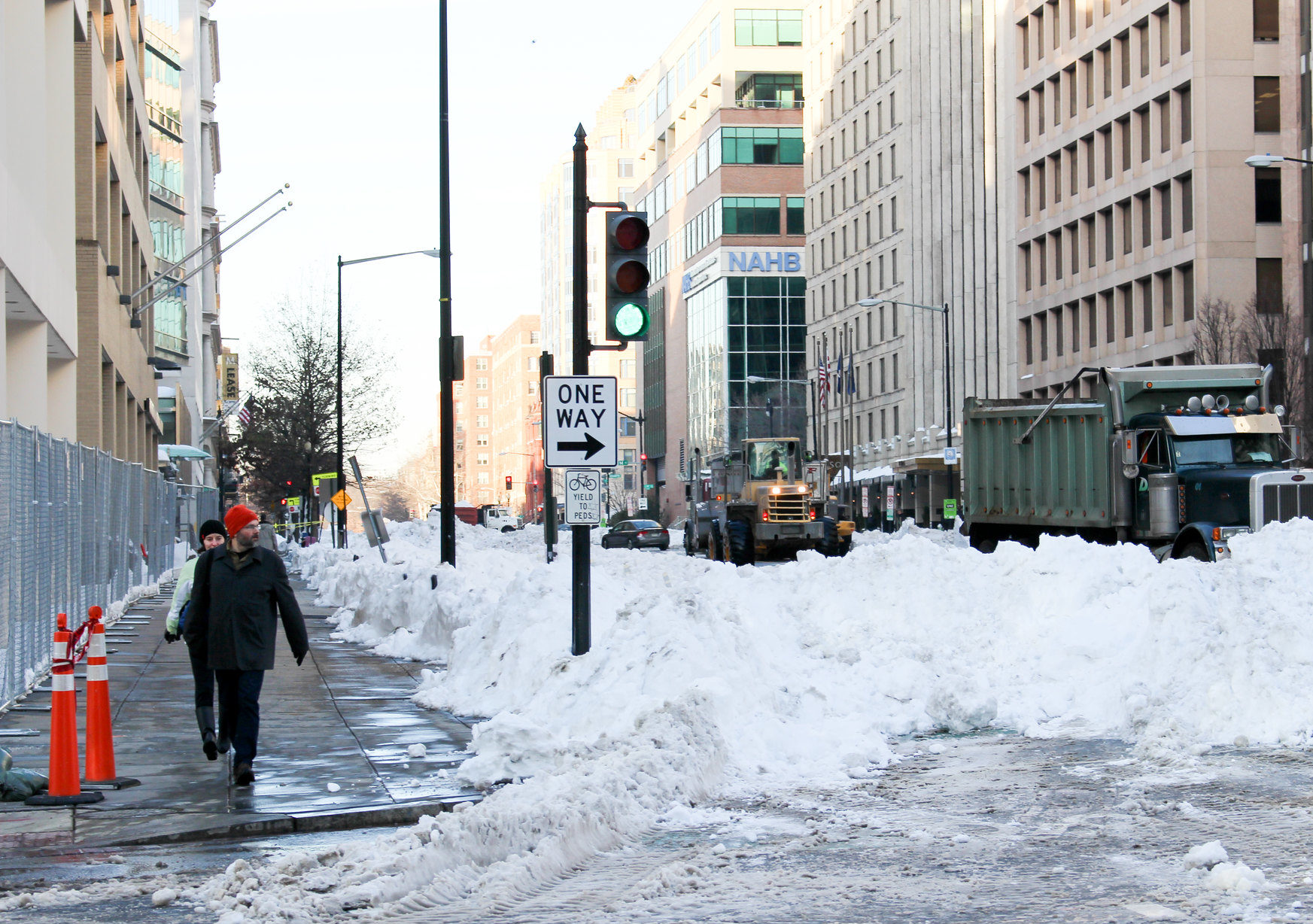
Every year, winter storms highlight the failings of our car-first approach to infrastructure. And as climate change worsens, the need for change intensifies. Cities and states must do more to make sure people are able to access the goods and services they need regardless of weather conditions.
USDOT road safety strategy finally acknowledges the importance of design on speeds and roadway deaths

On the release of the new Roadway Safety Strategy by the U.S. Department of Transportation, T4America director Beth Osborne issued this statement
Transit funding in the infrastructure bill: what can it do for me?
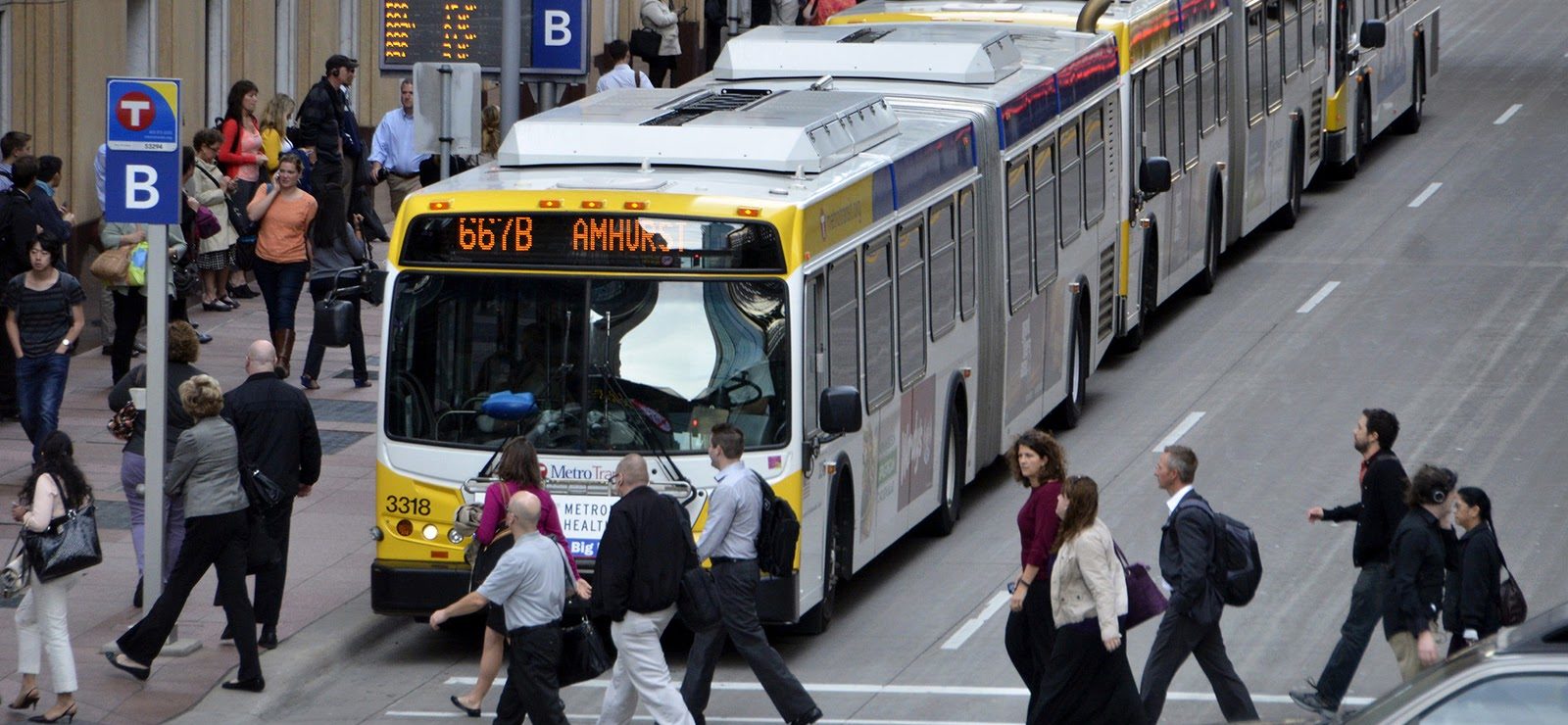
The new infrastructure bill authorizes $109 billion to fund public transit projects through formula and competitive grant programs. Here’s what you need to know about the new money and (modest) policy changes to the transit program, as well as how you can make them work for you.



















